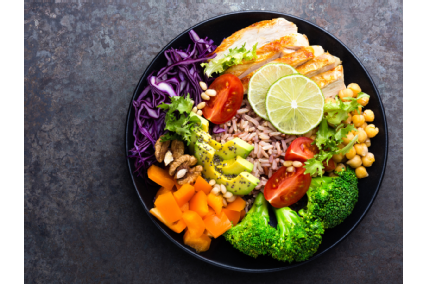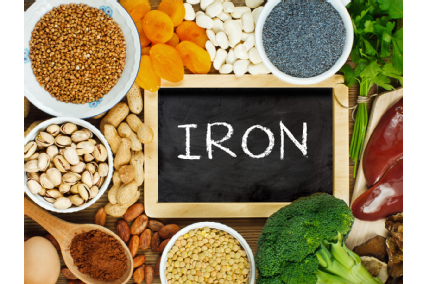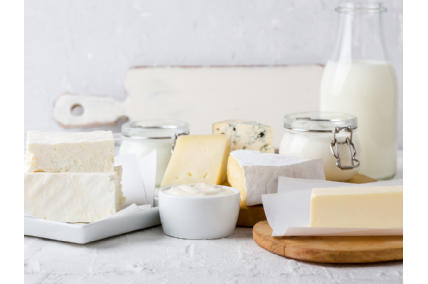Fibre
Fibre is an important part of a healthy, balanced diet. A gluten free diet can be low in fibre and wholegrains due to the removal of the cereals wheat, rye and barley.
What is Fibre?
Fibre is the part of plants that passes through the body without being absorbed. It is found in wholegrain cereals, fruit, vegetables and pulses (peas, beans and lentils). Wholegrains are higher in fibre, vitamins, minerals and protein. We should all be eating more wholegrains as part of a healthy balanced diet, because eating them can help to increase your fibre intake.
Wholegrain cereals contain all three parts of the grain compared to white refined cereals, such as white rice, which have had the germ and bran removed. To find out more about including wholegrains and fibre in your gluten free diet, download our fact sheet.
How to identify wholegrain foods
Look for the word ‘whole’ in the name, for example, wholegrain. Look for the wholegrain at the start of the ingredients list. This means it is the main ingredient, such as, brown rice, wholegrain corn. Sometimes a combination of grains may be used. Be aware that if you see the term brown or multigrain this does not necessarily mean that the food is made from wholegrains.
Examples of gluten free wholegrains are
- brown rice
- corn (even popcorn)
- amaranth
- buckwheat
- gluten free oats*
- millet
- quinoa
- sorghum
Check the food and drink information for suitable products.
How much fibre should I be having?
Most people in the UK do not eat enough fibre. Adults in the UK should have 30 grams of fibre each day and children over 2 should have between 15 grams-25 grams each day, depending on their age.
Which foods have good amounts of fibre?
| Food | Fibre (g) |
|---|---|
| Jacket potato, 200g | 6.7 |
| Peas, 80g | 5.9 |
| Baked beans, 80g | 5.2 |
| Chickpeas, 80g | 4.3 |
| Brown rice, 195g | 4 |
| Sweetcorn, 80g | 3.3 |
| Dried apricots, 30g | 2.5 |
| Mixed nuts, 25g | 2.1 |
| Red lentils, 80g | 2 |
Top tips for increasing fibre
- Aim for at least five portions of fruit and vegetables each day (especially those with skins, pips and seeds). Fresh, frozen, tinned, dried and juiced all count as one of your five a day.
- Add a handful of dried fruit, nuts or seeds to gluten free breakfast cereals or yogurt.
- Add pulses, such as peas, beans or lentils, and extra vegetables (fresh, frozen or tinned) to soups, stews, curries and sauces.
- Try gluten free wholegrains such as amaranth, millet, quinoa, sorghum and teff.
- Choose naturally gluten free foods such as brown or wild rice and jacket potatoes with their skins.
- Opt for brown, multigrain or fibre versions of gluten free breads, rolls, flour, pasta, pizza bases and crackers.
- Choose ‘wholegrain’ or ‘fibre’ rather than ‘white’ or ‘brown’ when you can.
- Opt for wholegrain/high fibre snacks throughout the day such as a handful of apricots or figs, seed mixes or cereal or fruit bars.
- Increase the amount of fibre you eat gradually and make sure that you drink plenty of fluids at the same time. If you’re concerned about your fibre intake, speak to your dietitian.



